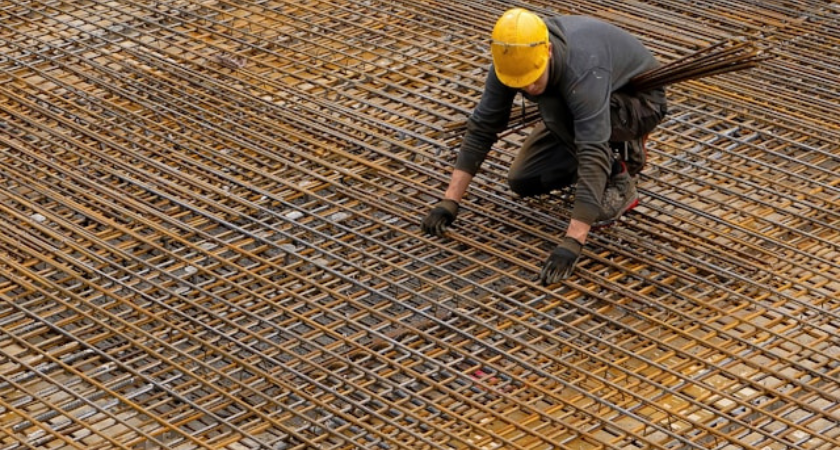
Macroeconomic uncertainty and inflated project costs are beginning to cool the momentum of U.S. construction planning, signaling a slowdown after months of record-breaking activity, according to a new report from Dodge Construction Network.

The Dodge Momentum Index (DMI) — a key indicator that measures nonresidential projects entering the planning stage and typically leads construction spending by about a year — dropped 7.1% in October, marking a notable reversal in trend.
Commercial planning activity declined 2.9%, while institutional projects saw a sharper 15.2% decrease, the report found. Despite the pullback, the DMI remains 35% above its 2024 year-to-date level, showing that overall planning activity is still historically elevated.
Compared to the same period last year, total planning activity was up 52%, with commercial projects climbing 54% and institutional projects up 49%. However, Dodge notes that much of this growth has been heavily concentrated in data center development, which continues to dominate the commercial sector.
“If data center projects are excluded, commercial growth would sit at 43%,” said Sarah Martin, associate director of forecasting at Dodge Construction Network. “After several months of record-breaking levels, planning momentum slowed in October. Activity remains solid across the board, especially for data centers and hospitals.”
Martin added that the deceleration is evident across other commercial sectors, including warehouses, hotels, and education-related institutional projects, which have lost steam amid tighter financial conditions.
Persistent inflation in construction inputs is compounding the slowdown. Labor shortages, material price increases, and rising financing costs are making it more difficult for developers and owners to move forward with new builds.
“Recent growth should not solely be attributed to gains in real activity,” said Martin. “Anticipated increases in labor and material costs are also driving up project expenses and are inflating the overall trend in the DMI.”
Martin noted that in the coming months, Dodge expects activity to continue to decelerate on average, particularly as macroeconomic risks mount, including the potential for higher interest rates and continued global supply chain instability.
.jpg)
Even with the broader cooling, a number of large-scale projects entered the planning stage in October, demonstrating that select sectors — particularly technology, healthcare, and life sciences — remain resilient.
According to Dodge Construction Network, 45 projects valued at $100 million or more began planning last month.
While the slowdown reflects mounting cost pressures and market caution, analysts at Dodge say the market is not heading toward a collapse. The pipeline remains strong by historical standards, with healthcare, technology, and manufacturing sectors driving continued investment.
“Activity remains solid across the board,” Martin reiterated, emphasizing that sectors aligned with long-term infrastructure and digital growth are likely to sustain momentum even as others pause.
For now, developers are expected to be more selective with new planning decisions — prioritizing projects with clear financing and long-term operational value — until costs stabilize and macroeconomic conditions improve.
Originally reported by Sebastian Obando in Construction Dive.